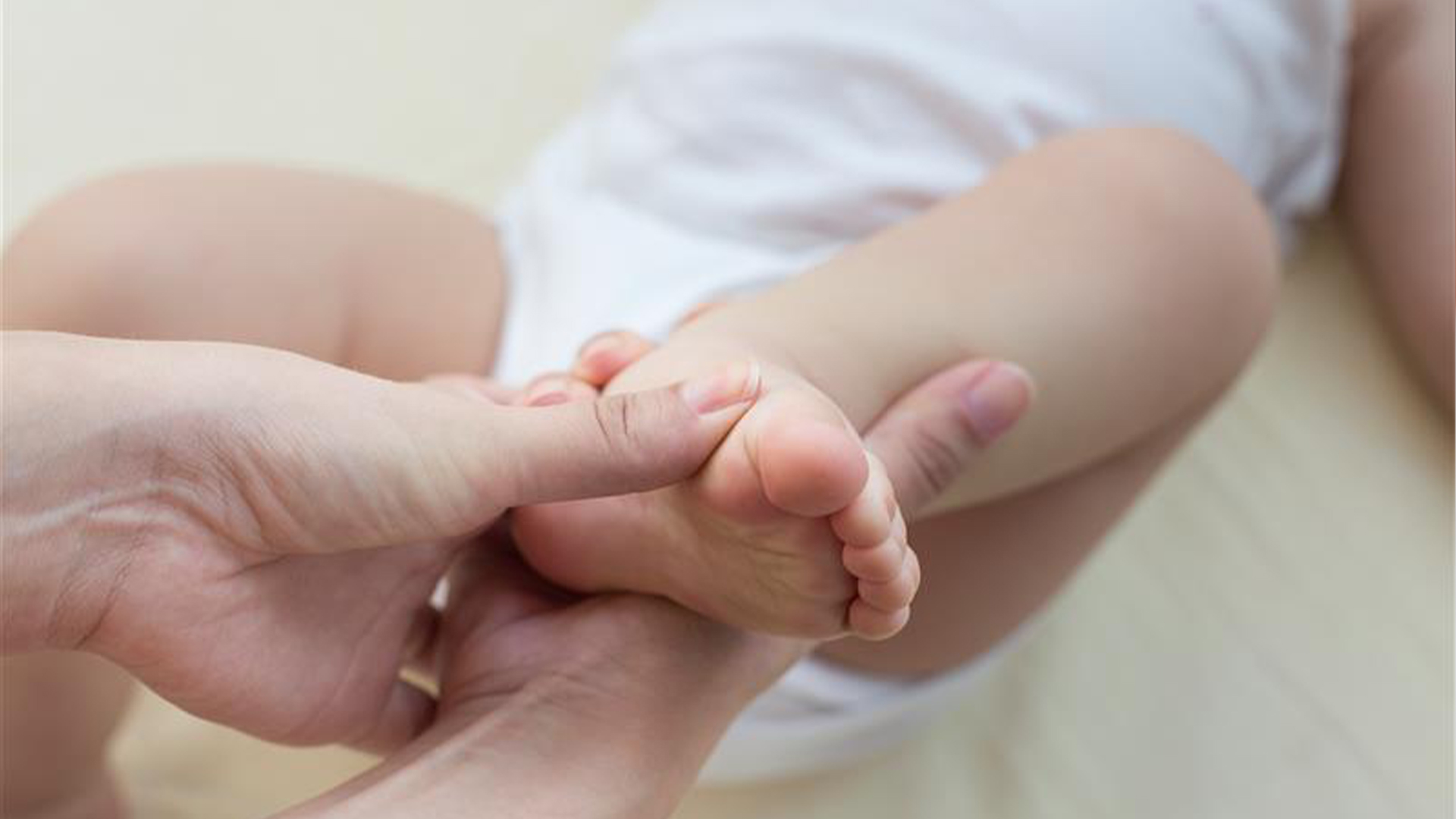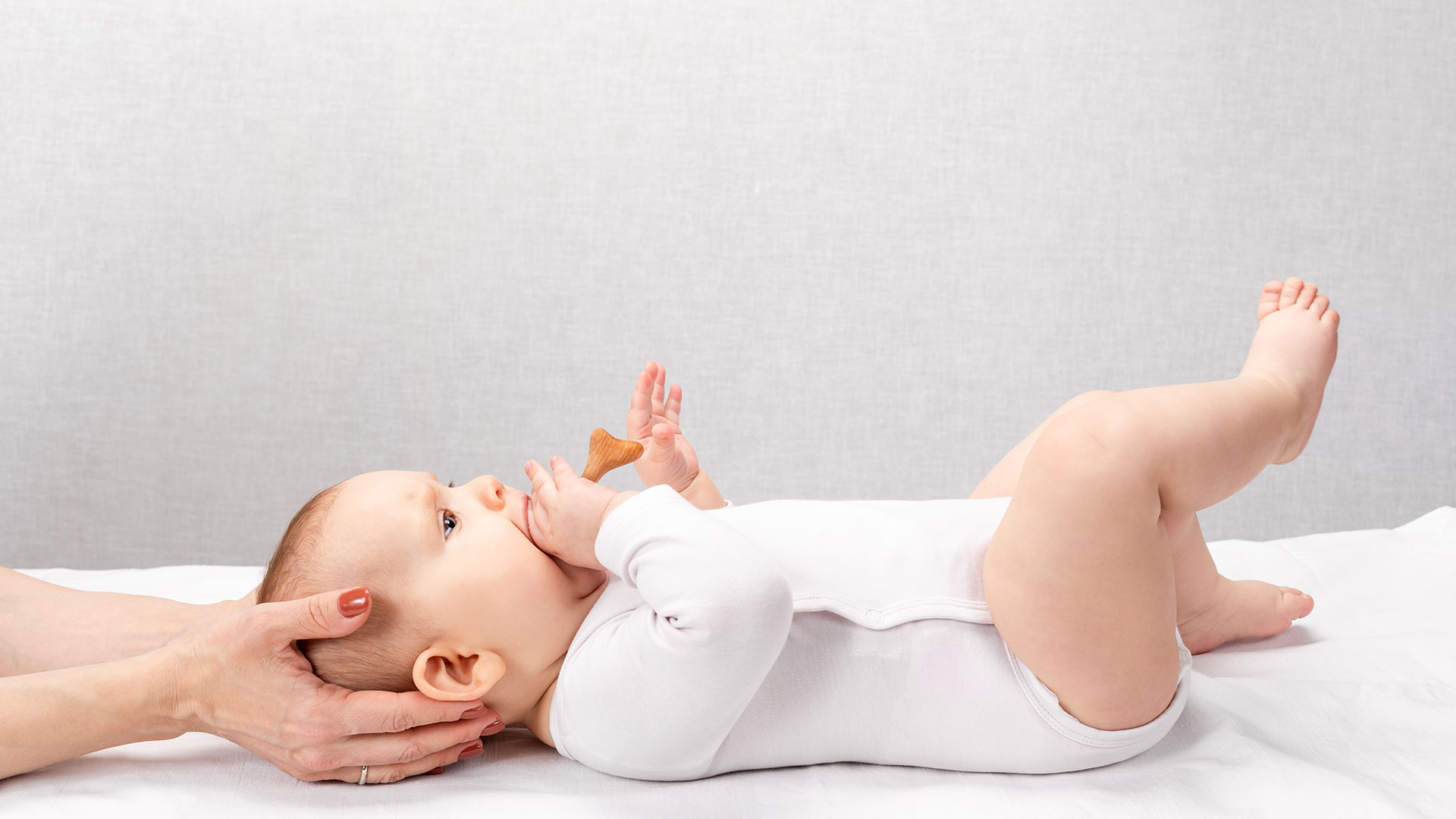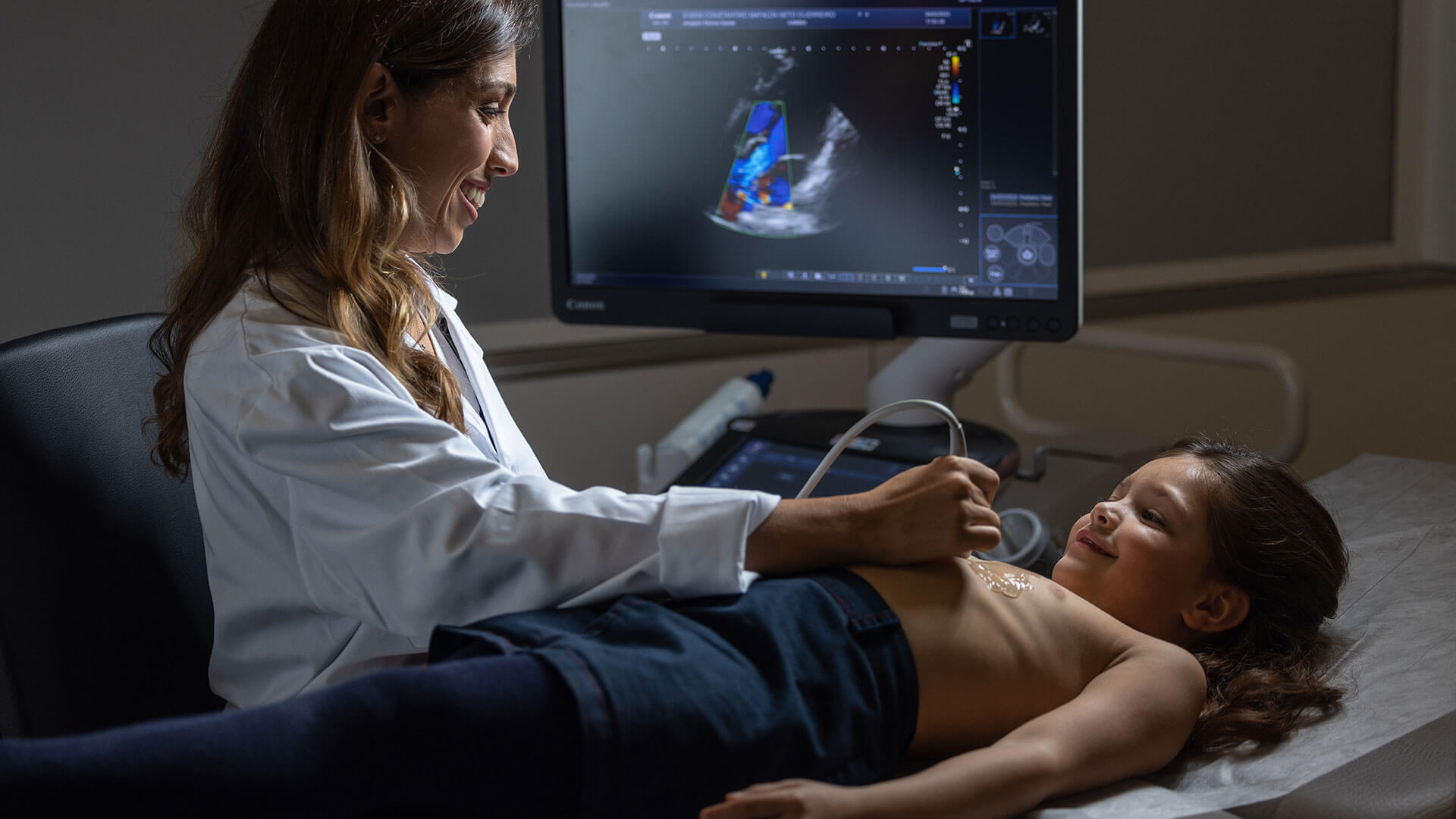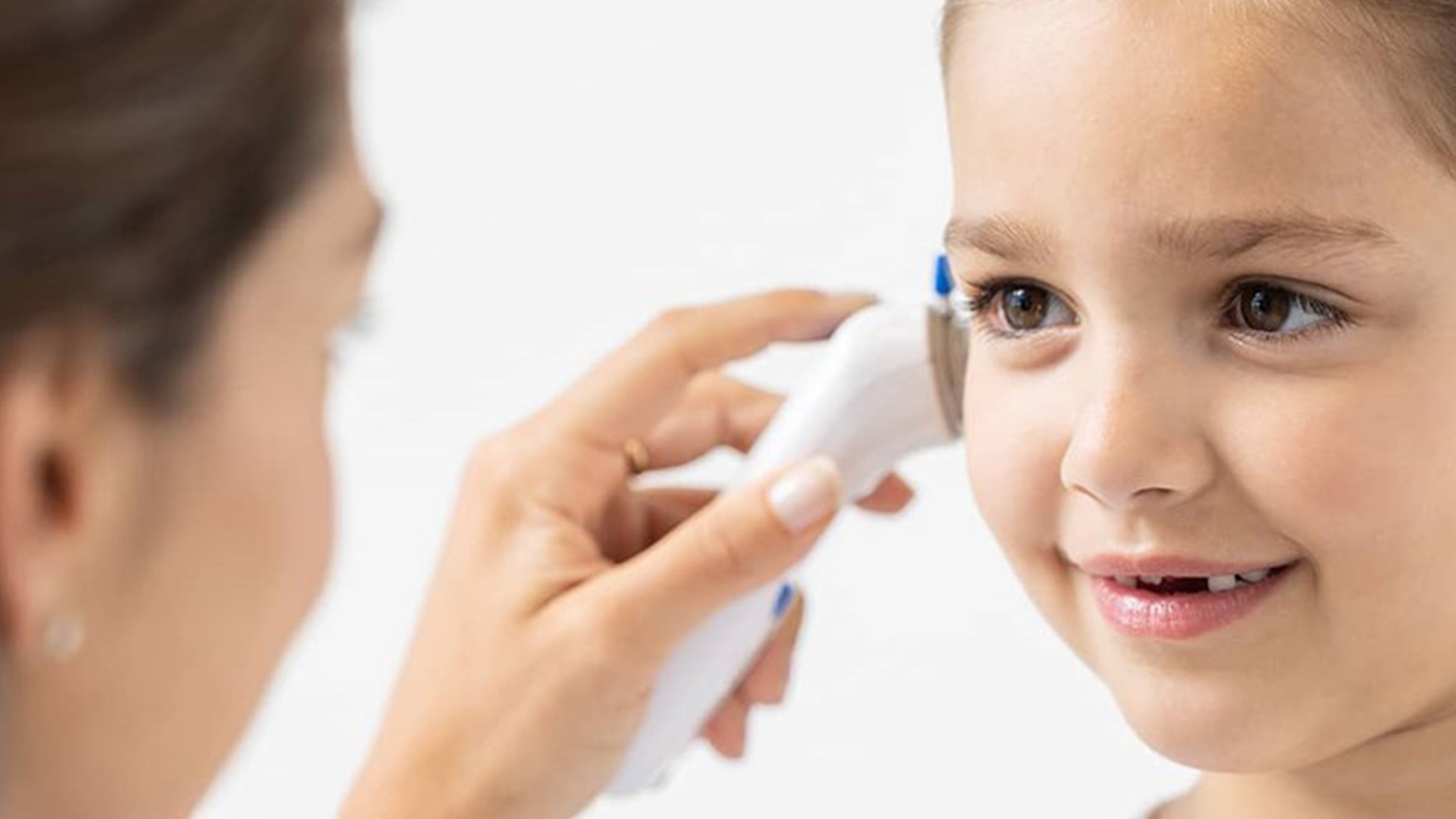Although it may seem like a rare disorder, clubfoot is quite common. This condition affects between 1 and 3 in every 1000 newborns. Furthermore, boys are more affected than girls.
Clubfoot does not always receive the necessary attention, which leads many newborns to have mobility and motor skill deficits in the long term. Find out what clubfoot is, the causes, treatment and prevention.
What is clubfoot?
Clubfoot is a deformity in which the foot (usually in a newborn) grows inwards and downwards, making it appear twisted or bent in an abnormal way. The good news is that with early diagnosis and treatment, the deformity can be corrected and total function recovered.
The severity of clubfoot can vary, with some mild cases that can be treated easily, while others may require more intensive interventions, such as surgery. The key to an effective treatment is early detection and continuous monitoring by specialized healthcare professionals.




